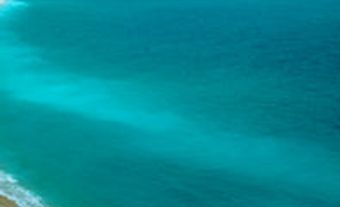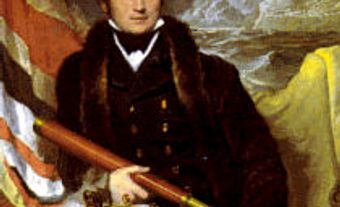Belcher Islands are located in southeastern Hudson Bay, 100 km west of Grande Rivière de la Baleine, Québec. The total land mass of about 13 000 km2 is composed of a group of long, narrow islands, lying northeast/southwest along a very extensive coastline. From Henry Hudson's 1610 logbook, he likely sighted the islands prior to the mutiny of his crew. Hudson reputedly drifted onto the Belchers and was buried there. The Belchers, like all islands in the bay, are part of the territory of Nunavut, and are said to be named after a Hudson's Bay Company employee.
The islands became less and less prominent on successive admiralty maps and were virtually rediscovered by explorer Robert J. Flaherty in 1915 in his search for iron ore. Flaherty produced the film documentary masterpiece Nanook of the North in 1922, based on his contact with the Inuit.
Inhabitants of the Belchers are said to be the last Inuit group to enter into contact with other Canadians. In the 1960s a schoolhouse complex was opened, the first teacher being the author of this entry. Later, a nursing station was added. The hamlet of Sanikiluaq is the only community on the Belchers. Belcher Islands carvings have distinctive eyes, made by rotating the end of a file.

 Share on Facebook
Share on Facebook Share on X
Share on X Share by Email
Share by Email Share on Google Classroom
Share on Google Classroom


